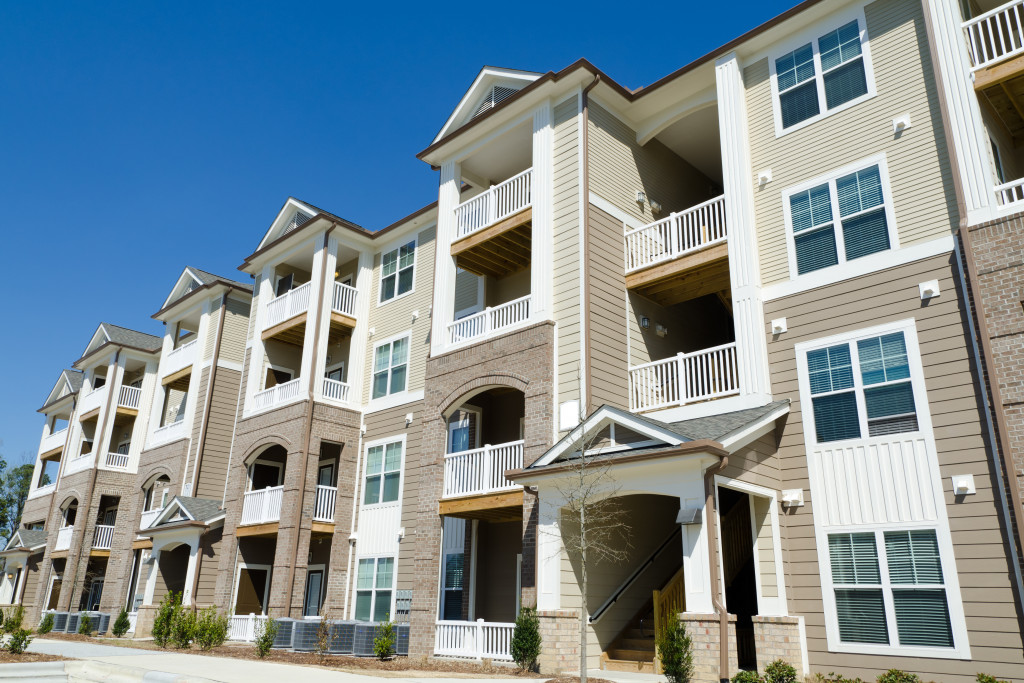- Establish a strong financial plan that includes upfront costs and ongoing expenses.
- Upgrade the property by addressing any necessary repairs or renovations.
- Enhance your rental’s curb appeal with landscaping, paint, and other attractive upgrades.
- Abide by legal regulations and maintain proper documentation.
- Decide whether to manage the property or do it yourself professionally.
Whether you’re an experienced real estate investor or a homeowner looking to generate extra income, converting your property into a rental can be lucrative. However, it’s essential to approach this process strategically to ensure success. This guide will help you discover five indispensable tips to help you navigate this transition smoothly and maximize your rental’s potential.
1. Thorough Financial Planning
Before diving into property rentals, it’s crucial to establish a comprehensive financial plan. This plan should encompass your initial investment, ongoing expenses, and projected rental income. Start by calculating your upfront costs, including property renovations, repairs, and legal fees. Consider ongoing expenses like property taxes, insurance, maintenance, and property management fees if applicable.
To make accurate financial projections, research the rental market in your area. Evaluate similar properties to determine an appropriate monthly rental rate. Remember that your rental income should ideally cover all expenses with some room for profit. By setting clear financial goals and understanding the costs, you’ll be better equipped to make informed decisions throughout the rental process.
2. Property Upgrades and Repairs

One of the keys to attracting quality tenants is ensuring that your property is in top-notch condition. Begin by thoroughly inspecting the property to identify any necessary repairs or upgrades. Addressing these issues before renting enhances the property’s appeal and prevents potential problems.
Consider repainting walls with neutral colors, replacing outdated fixtures, and fixing any plumbing or electrical issues. Flooring is another crucial aspect — opt for durable and low-maintenance materials that can withstand the wear and tear of tenants. Modernizing the kitchen and bathroom can significantly increase your property’s desirability and rental value if your budget allows.
3. Revamp Your Curb Appeal
First impressions matter, and the curb appeal of your property sets the tone for potential tenants. Sprucing up the exterior of your property can attract more interest and command higher rental rates.
Here are some tips on how to revamp your curb appeal:
Start with Landscaping
Nothing beats a well-manicured lawn and garden to create an inviting entrance. Trim any overgrown bushes, mow the grass regularly, and add colorful flowers for a welcoming touch. Consider adding seating areas and outdoor lighting fixtures for a more enjoyable atmosphere.
Make the Exterior Paint Pop
Give the property’s exterior a makeover with an updated coat of paint. Bright colors add a cheerful vibe, while neutrals provide an elegant atmosphere. Remember the front door — a fresh color can draw attention and create a memorable entrance.
Upgrade Your Mailbox

A mailbox might not seem like it matters, but it’s one of the first things guests will see as they approach your property. Choose a durable mailbox that can withstand wind and rain, and consider adding decorative touches to make it stand out.
Invest in Roofing
The roof is one of the most important aspects of your rental property. A damaged or aging roof can leave tenants feeling unhappy and unsafe. To ensure long-term satisfaction, consider investing in professional replacement roofing installations for lasting protection and reliability. It will give your property a fresh look and secure its structural integrity for years to come.
4. Legalities and Documentation
Renting out your property involves adhering to various legalities and documentation requirements. Check local and state regulations to understand the necessary permits, licenses, and zoning laws. Draft a comprehensive lease agreement outlining the rental terms, including rent amount, security deposit, pet policies, and maintenance responsibilities.
Perform a thorough background and credit check on potential tenants to ensure their reliability. This step minimizes the risk of rent defaults and other tenant-related issues. Creating a thorough move-in checklist and conducting a walkthrough with tenants before they move in can help prevent disputes over property conditions when they move out. Legal protocols and proper documentation will protect your interests and maintain a professional landlord-tenant relationship.
5. Effective Property Management
Decide whether you’ll manage the property yourself or hire a professional property management company. While self-management can save money, it requires a significant time commitment and expertise. Property management companies handle tasks like tenant screening, rent collection, maintenance, and emergency response, relieving you of day-to-day responsibilities.
If you choose self-management, establish clear communication channels with your tenants and respond promptly to their concerns. Provide multiple avenues for rent payment and maintenance requests to make the process convenient for them. If you opt for professional management, thoroughly research and select a reputable company with a track record of effective property management.
In Summary
Converting your property into a rental can be rewarding with careful planning and execution. By following these five essential tips, you’ll be well on your way to creating a successful and profitable rental property. Each step contributes to a seamless transition into property rentals, from financial planning and upgrades to legal considerations and effective management. Remember, your dedication to providing a well-maintained and appealing rental will attract quality tenants and contribute to long-term success.

